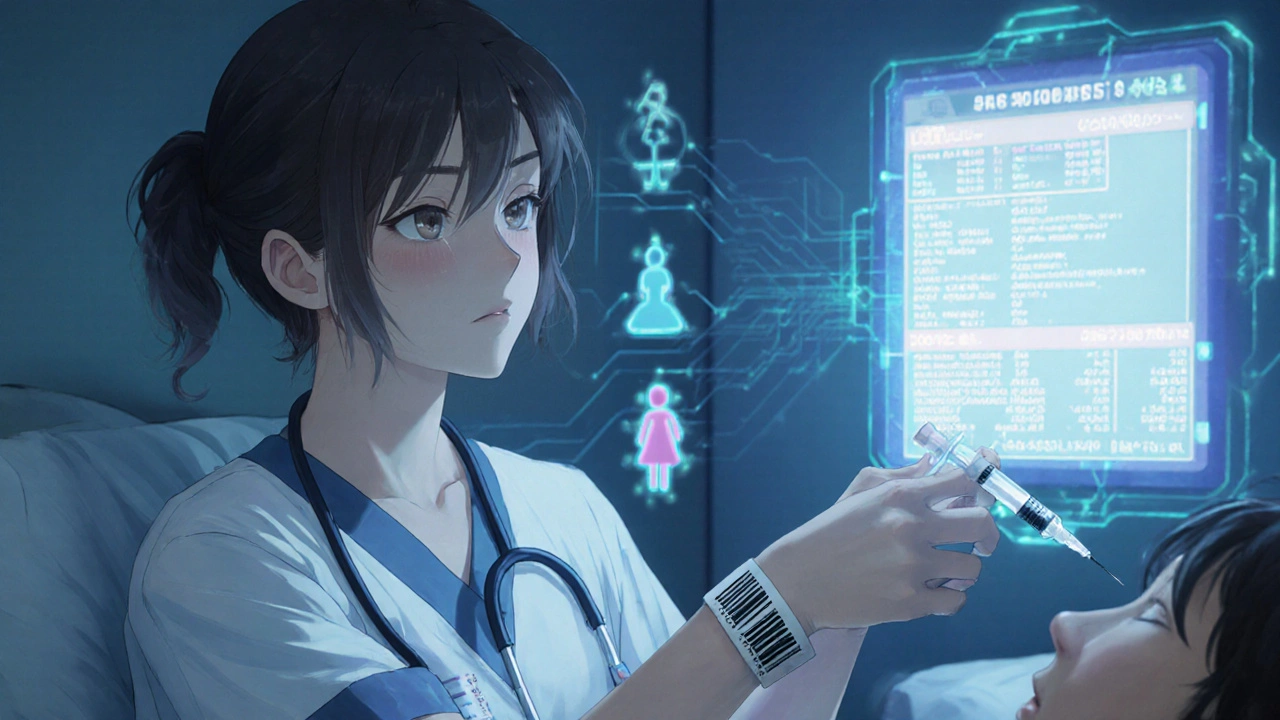Double Check Protocol: Why It Saves Lives in Medication Safety
When it comes to taking the right medicine at the right dose, the double check protocol, a standardized process where two trained individuals independently verify medication details before administration. Also known as two-person verification, it’s one of the most effective barriers against fatal medication errors. This isn’t just hospital policy—it’s a lifeline. Every year, over 7,000 people in the U.S. die from preventable medication mistakes, and nearly half of those involve errors that a simple double check could have stopped.
The medication safety, the system of practices designed to prevent harm from drugs during prescribing, dispensing, or administration depends on more than just good intentions. It needs structure. The double check protocol forces a pause: one person reads the prescription, the patient’s name, the drug name, dose, route, and time; the second person confirms each detail against the label and the chart. No shortcuts. No assumptions. This isn’t about distrust—it’s about human error being inevitable, not avoidable. Even the most experienced pharmacist or nurse can misread a handwriting, confuse similar-sounding drugs like hydralazine and hydroxyzine, or miss a decimal point. The protocol doesn’t assume perfection. It plans for failure.
It’s not just hospitals that use this. Pharmacies like those listed on Netmeds.su follow similar checks when filling prescriptions for high-risk drugs like insulin, warfarin, or opioids. Even when you pick up a generic version of bupropion or omeprazole online, the same principles apply behind the scenes. The pharmacy safety, the set of procedures and technologies used to ensure accurate and safe drug distribution you never see is what keeps you safe. And when it comes to drugs that can cause acute angle-closure glaucoma or liver damage if misused, like clozapine or certain antihistamines, the double check isn’t optional—it’s the last line of defense.
What you’ll find in this collection are real stories and hard facts about how the double check protocol works—or fails—in everyday medicine. From how GDUFA rules affect generic drug verification to why insurance coverage for biosimilars adds layers of complexity to dosing safety, these posts show you the hidden systems that keep you alive. You’ll learn how medication overdose signs are often missed because checks were skipped, how liver monitoring for clozapine relies on accurate record-keeping, and why even something as simple as a label misread can lead to emergency surgery for a patient with narrow eye angles. This isn’t theory. It’s practice. And it’s happening right now—in pharmacies, clinics, and homes—every single day.
How to Verify Dose Changes and Avoid Miscommunication in Healthcare
Learn how to verify medication dose changes using proven protocols that prevent deadly miscommunication. Discover the 3-step verification process, when to use double checks vs. barcode scanning, and how SBAR communication saves lives.

